
The modern productivity system includes the following four types of elements: (1) Independent substantive factors. Including workers, labor materials and labor objects. ( 2) Comprehensive factors of operation planning, including division of labor and cooperation, economic management, forecasting and decision-making, etc. ( 3) Permeability factors mainly refer to natural science. ( 4) Preparation factors mainly refer to education.
The productivity system is composed of four types of elements: independent substantive factors, comprehensive operational factors, permeable factors and preparatory factors.The independent substantive factors of the productive system are relatively independent factors in the form of material entities, including workers with certain production experience and labor skills, labor materials and labor objects.
The four major categories of factors of production are labor, land, capital and technology. These four factors are an important foundation of modern production and are crucial to the economic development of enterprises and countries. First of all, labor is one of the most important elements in production. Excellent labor force can not only improve production efficiency, but also increase the competitiveness of enterprises.
The four determining factors of productivity refer to the four key factors that affect the productivity level of an economy or organization. These factors include: labor force: labor force refers to human resources that can be used for production, including factors such as technical level, education level, skills and health status.
Labor force: Labor force refers to the labor capacity provided by people through work and creative activities. Labor force is one of the core elements of the productivity system, including the number of personnel, skill level, labor efficiency, etc. Capital: Capital refers to funds, equipment, tools and other means of production used to produce and create value.
1. [Answer]: Step 1: Determine the logical function of the system. Step 2: Determine the system scheme. Step 3: Logically divide the system. Step 4: Design the operation circuit and control circuit.
2. Briefly describe the development process of the EDA system in the block diagramSimulate and correct errors at the first level, and describe high-level system behavior with hardware description language, and verify at the system level.
3. Design input is expressed by certain logical means of expression. Logical synthesis The design expressed by certain logical means of expression is decomposed into a series of logical circuits and correspondence (circuit decomposition) after a series of operations.
4. The design process design input of EDA technology is expressed by certain logical means of expression. Logical synthesis The design expressed by certain logical means of expression is decomposed into a series of logical circuits and correspondence (circuit decomposition) after a series of operations.
1. Modern computer systems are divided into multi-level hierarchical structures according to their functions, namely hard logic level, microprogram level, traditional machine level, operating system level, assembly language level, advanced language level and applied language level. Using this grading perspective to design computers can ensure a good system. Structure.
2. Modern computer systems can be divided into five levels. The first level is the microprogramming level; the second level is the general machine level; the third level is the operating system level; the fourth level is the assembly language level; and the fifth level is the advanced language level.
3. Operating system level --- Level 3 Judging from the basic functions of the operating system, on the one hand, it directly manages the software and hardware resources in traditional machines, and on the other hand, it is an extension of traditional machines. Assembly language level --- Level 4 The programming tool of this level is an assembly language instruction set. .
4. The first level is the microprogram design level. This is a hardware level, which is directly executed by the machine hardware; the second level is the general machine level. It interprets the machine command system by microprograms. This level is the hardware level; the third level is the operating system level, which is implemented by the operating system program.

1. Computer hardware consists of CPU (operator, controller), memory, I/O device (input device, output device).
2. The computer system is composed of hardware (sub) system and software (sub) system. The former is an organic combination of various physical components composed of electricity, magnetism, light, machinery and other principles, which is the entity on which the system depends. The latter are various programs and files used to direct the whole system to work according to the specified requirements.
3. A complete computer system consists of two parts: hardware system and software system. The hardware system is mainly composed of central processor, memory, input and output control system and various external devices. ( 1) The central processor is the main component of high-speed computing processing of information, and its processing speed can reach more than hundreds of millions of operations per second.
Binance login-APP, download it now, new users will receive a novice gift pack.
The modern productivity system includes the following four types of elements: (1) Independent substantive factors. Including workers, labor materials and labor objects. ( 2) Comprehensive factors of operation planning, including division of labor and cooperation, economic management, forecasting and decision-making, etc. ( 3) Permeability factors mainly refer to natural science. ( 4) Preparation factors mainly refer to education.
The productivity system is composed of four types of elements: independent substantive factors, comprehensive operational factors, permeable factors and preparatory factors.The independent substantive factors of the productive system are relatively independent factors in the form of material entities, including workers with certain production experience and labor skills, labor materials and labor objects.
The four major categories of factors of production are labor, land, capital and technology. These four factors are an important foundation of modern production and are crucial to the economic development of enterprises and countries. First of all, labor is one of the most important elements in production. Excellent labor force can not only improve production efficiency, but also increase the competitiveness of enterprises.
The four determining factors of productivity refer to the four key factors that affect the productivity level of an economy or organization. These factors include: labor force: labor force refers to human resources that can be used for production, including factors such as technical level, education level, skills and health status.
Labor force: Labor force refers to the labor capacity provided by people through work and creative activities. Labor force is one of the core elements of the productivity system, including the number of personnel, skill level, labor efficiency, etc. Capital: Capital refers to funds, equipment, tools and other means of production used to produce and create value.
1. [Answer]: Step 1: Determine the logical function of the system. Step 2: Determine the system scheme. Step 3: Logically divide the system. Step 4: Design the operation circuit and control circuit.
2. Briefly describe the development process of the EDA system in the block diagramSimulate and correct errors at the first level, and describe high-level system behavior with hardware description language, and verify at the system level.
3. Design input is expressed by certain logical means of expression. Logical synthesis The design expressed by certain logical means of expression is decomposed into a series of logical circuits and correspondence (circuit decomposition) after a series of operations.
4. The design process design input of EDA technology is expressed by certain logical means of expression. Logical synthesis The design expressed by certain logical means of expression is decomposed into a series of logical circuits and correspondence (circuit decomposition) after a series of operations.
1. Modern computer systems are divided into multi-level hierarchical structures according to their functions, namely hard logic level, microprogram level, traditional machine level, operating system level, assembly language level, advanced language level and applied language level. Using this grading perspective to design computers can ensure a good system. Structure.
2. Modern computer systems can be divided into five levels. The first level is the microprogramming level; the second level is the general machine level; the third level is the operating system level; the fourth level is the assembly language level; and the fifth level is the advanced language level.
3. Operating system level --- Level 3 Judging from the basic functions of the operating system, on the one hand, it directly manages the software and hardware resources in traditional machines, and on the other hand, it is an extension of traditional machines. Assembly language level --- Level 4 The programming tool of this level is an assembly language instruction set. .
4. The first level is the microprogram design level. This is a hardware level, which is directly executed by the machine hardware; the second level is the general machine level. It interprets the machine command system by microprograms. This level is the hardware level; the third level is the operating system level, which is implemented by the operating system program.

1. Computer hardware consists of CPU (operator, controller), memory, I/O device (input device, output device).
2. The computer system is composed of hardware (sub) system and software (sub) system. The former is an organic combination of various physical components composed of electricity, magnetism, light, machinery and other principles, which is the entity on which the system depends. The latter are various programs and files used to direct the whole system to work according to the specified requirements.
3. A complete computer system consists of two parts: hardware system and software system. The hardware system is mainly composed of central processor, memory, input and output control system and various external devices. ( 1) The central processor is the main component of high-speed computing processing of information, and its processing speed can reach more than hundreds of millions of operations per second.
Binance Download for PC Windows 10
author: 2025-01-23 02:16 Binance Download for PC
Binance Download for PC
257.29MB
Check Binance app
Binance app
847.35MB
Check Binance US
Binance US
571.86MB
Check Binance app download Play Store
Binance app download Play Store
416.76MB
Check Binance app
Binance app
935.21MB
Check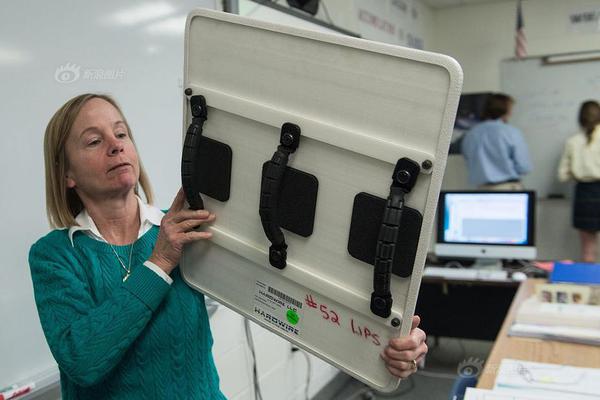 Okx app download
Okx app download
551.36MB
Check OKX Wallet extension
OKX Wallet extension
114.25MB
Check okx.com login
okx.com login
223.66MB
Check Binance app
Binance app
814.58MB
Check OKX app
OKX app
453.24MB
Check OKX Wallet
OKX Wallet
712.43MB
Check Binance login
Binance login
799.96MB
Check Binance login
Binance login
144.31MB
Check Binance APK
Binance APK
674.76MB
Check Binance US
Binance US
477.51MB
Check Binance exchange
Binance exchange
315.76MB
Check OKX Wallet to exchange
OKX Wallet to exchange
943.94MB
Check Okx app download
Okx app download
858.92MB
Check OKX Wallet login
OKX Wallet login
699.26MB
Check Binance app
Binance app
257.82MB
Check okx.com login
okx.com login
179.37MB
Check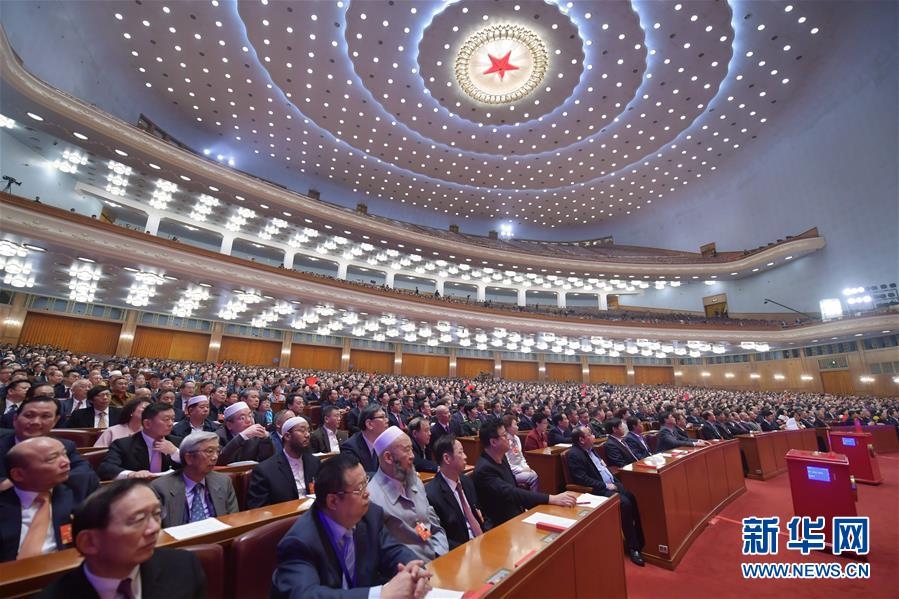 OKX Wallet apk download latest version
OKX Wallet apk download latest version
316.46MB
Check Binance Download for PC Windows 10
Binance Download for PC Windows 10
991.15MB
Check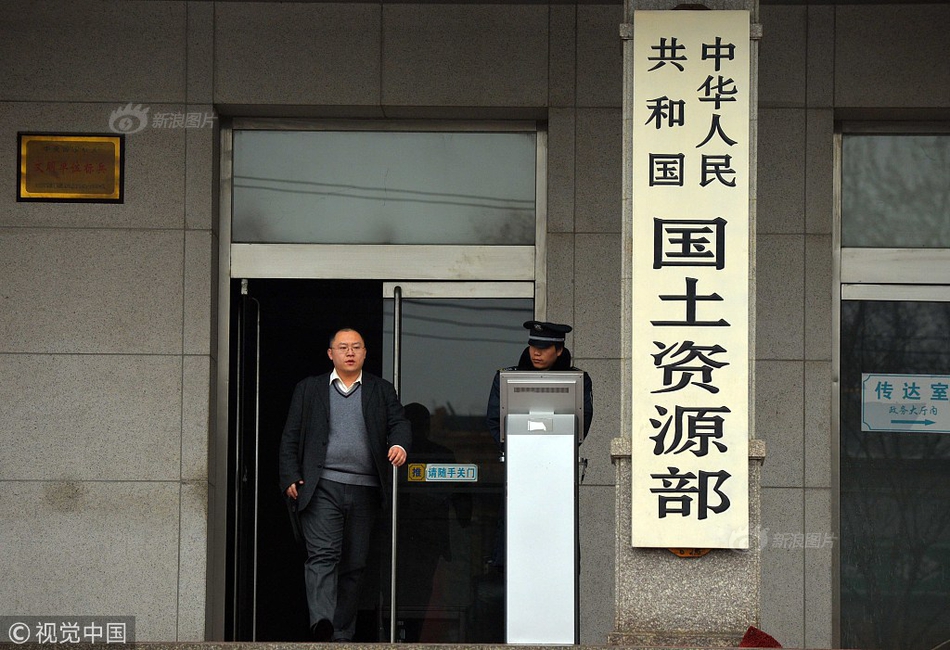 Binance app
Binance app
456.82MB
Check Binance market
Binance market
315.21MB
Check Binance login
Binance login
651.64MB
Check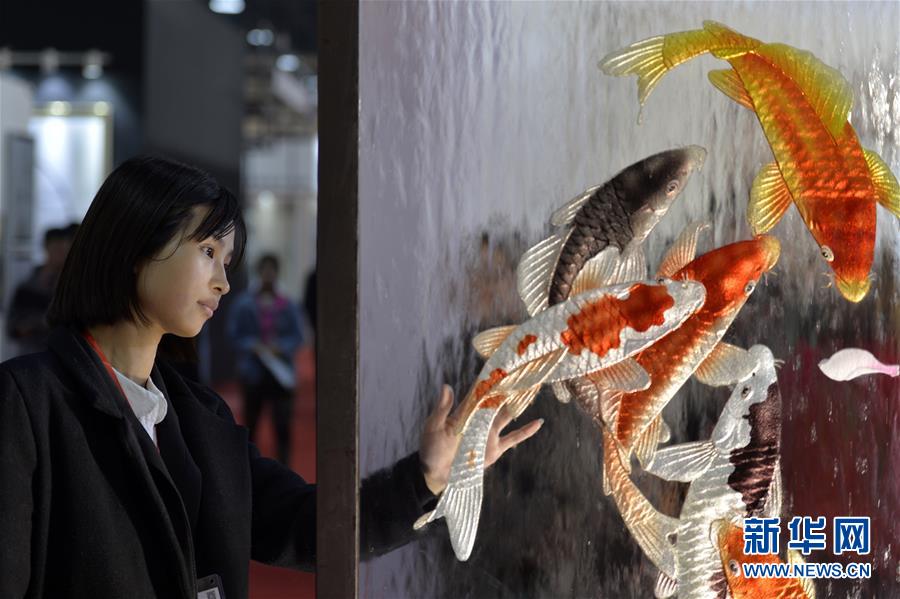 Okx app download
Okx app download
355.28MB
Check OKX Wallet apk download latest version
OKX Wallet apk download latest version
477.94MB
Check Binance wallet
Binance wallet
539.54MB
Check OKX Wallet apk download
OKX Wallet apk download
972.61MB
Check Binance login
Binance login
114.24MB
Check OKX Wallet APK
OKX Wallet APK
757.37MB
Check OKX Wallet to exchange
OKX Wallet to exchange
182.99MB
Check Binance login
Binance login
384.85MB
Check Binance US
Binance US
924.45MB
Check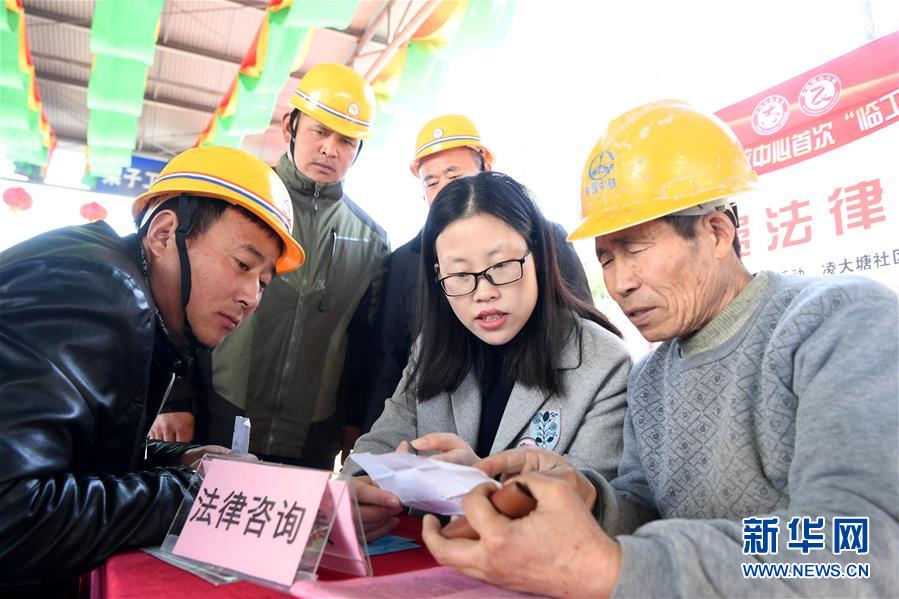 OKX download
OKX download
823.72MB
Check
Scan to install
Binance login to discover more
Netizen comments More
2320 拾带重还网
2025-01-23 02:07 recommend
2855 贯通融会网
2025-01-23 00:24 recommend
1368 欺人太甚网
2025-01-22 23:57 recommend
427 痛心入骨网
2025-01-22 23:42 recommend
2461 鹊巢鸠踞网
2025-01-22 23:33 recommend